Binance Price in Indian Rupees 2025: How to Check, Convert, and Get the Best Rate
Author: Jameson Richman Expert
Published On: 2025-11-03
Prepared by Jameson Richman and our team of experts with over a decade of experience in cryptocurrency and digital asset analysis. Learn more about us.
Binance price in Indian rupees is a frequent search for Indian crypto traders who want to know the real cost of buying or selling digital assets on Binance in INR. This guide explains how Binance prices are determined in INR, step‑by‑step conversion methods, fees and spreads that change the final amount you pay or receive, regulatory and tax implications for Indian users, and practical tactics to get the best price in 2025. You’ll also find recommended tools, comparisons with other exchanges, and trusted resources to follow up on advanced topics.
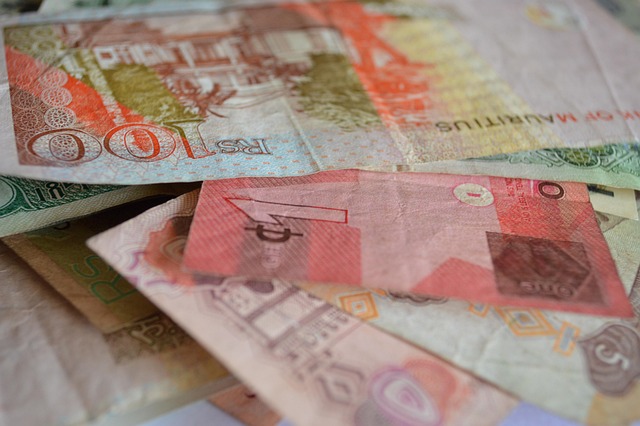
What determines the Binance price in Indian rupees?
Understanding the final Binance price in Indian rupees requires dissecting multiple components. The headline price you see for a coin is only part of the picture. Key factors include:
- Base market price: The global price of the asset (usually quoted in USD or stablecoins like USDT/USDC) determined by supply and demand across international exchanges.
- USD/INR exchange rate: If Binance lists the asset in USD or USDT pairs, the USD→INR rate (FX rate) influences the INR equivalent.
- Binance INR markets: If Binance lists direct INR trading pairs or supports fiat deposits, local order-book liquidity and spreads will affect price.
- Fees and spreads: Trading fees, P2P or instant buy premiums, payment processor charges and slippage on low-liquidity orders.
- Network and withdrawal costs: On-chain fees to move crypto off-exchange and any INR withdrawal fees if you convert back to fiat.
Put simply,
Binance price in INR = (Asset price in USD or USDT) × (USD → INR FX rate) × (1 + spreads/fees/slippage)
Why Binance prices can differ from other Indian exchanges
Binance is a global exchange with deep liquidity in major pairs. But Indian-only platforms or peer-to-peer (P2P) sellers may quote different INR prices because of local demand, regulatory uncertainty, or slower liquidity. Always compare live quotes before executing large trades.
Where and how to check Binance price in Indian rupees
There are multiple ways to check Binance prices in INR. Depending on whether you use the Binance website, mobile app, or P2P platform, your view and available pairs will differ.
Methods to view INR prices
- Binance web/app price display: Binance often allows users to change display currency in the UI. Set display currency to INR if available to see the approximate INR equivalent of market prices.
- P2P markets: Binance P2P connects buyers and sellers who settle in INR via UPI, bank transfer, or other local rails. P2P quotes are direct INR values.
- Convert global price to INR: If only USD or USDT pair is shown, multiply the global price by current USD/INR FX rate from a reliable source like a bank or Forex market (e.g., RBI or XE).
- Third-party trackers: CoinGecko, CoinMarketCap and TradingView let you convert crypto prices to INR via a chosen fiat conversion setting.
Official Binance registration link (for users who want to sign up): Create a Binance account.
Step-by-step example: Converting BTC price to INR
- Find BTC spot price on Binance: for example, 1 BTC = 50,000 USD (hypothetical).
- Check current USD → INR FX rate: suppose 1 USD = 83.50 INR (source: Reserve Bank of India or a major bank).
- Multiply: 50,000 × 83.50 = 4,175,000 INR.
- Adjust for fees/slippage: if trading fee + spread = 0.25%, then effective INR ≈ 4,164,562.5 INR (4,175,000 × 0.9975) to buy.
Note: Use real-time market data for live trades; above numbers are illustrative.
How Binance displays prices for Indian users (UX and settings)
Binance has improved multi-currency support for global customers. To see local currency values:
- Open Binance app or website → Settings → Display Currency → Select INR (if available).
- On mobile, the chart can convert prices to INR visually—useful for quick checks before executing orders.
- P2P and Instant Buy modules show INR values directly because they handle Indian fiat settlements.
Remember display currency is cosmetic—actual order fill prices depend on the market pair you trade.
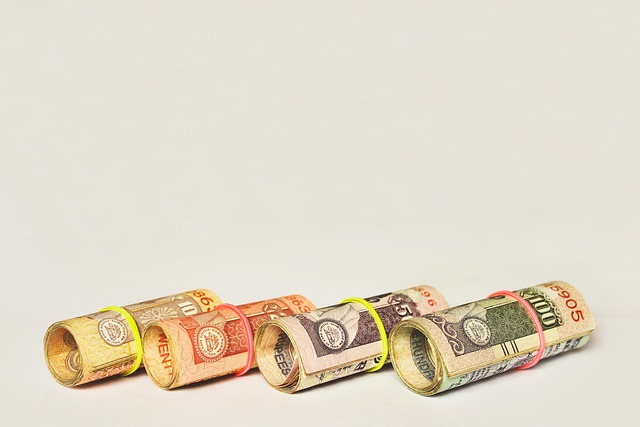
Fees, spreads, and real cost in INR
Your actual cost in INR depends on multiple fees:
- Trading fees: Maker/taker fees on Binance (check your VIP tier and fee schedule on Binance).
- P2P margins: Sellers/buyers can set margins above global prices reflecting demand and payment method risk.
- Payment processor fees: Instant buy and third-party payment providers may charge extra for INR transactions.
- Deposit/withdrawal fees: INR deposits/withdrawals, on-chain network fees for crypto withdrawal.
For a deep breakdown of how platform fees influence trades on alternative exchanges (Bybit), see this analysis on fees: How much are Bybit fees 2025 explained. Comparing fee structures across platforms helps you pick the cheapest path to convert between crypto and INR.
How to buy crypto on Binance using Indian rupees
Indian users commonly use the following on Binance to buy crypto with INR:
- P2P trading: Peer-to-peer settlements via UPI, bank transfer or IMPS. P2P provides flexible payment options and direct INR pricing.
- Instant Buy (fiat gateways): Binance integrates payment partners that allow INR purchases for a fee.
- Convert stablecoins: Buy USDT/USDC on P2P and then swap to BTC/ETH on Binance spot market to avoid higher instant buy premiums.
Step-by-step P2P buy (example)
- Open Binance app → P2P tab.
- Select INR as fiat currency and the crypto you want (e.g., USDT).
- Choose a reputable seller with high completion rate, fair price and acceptable payment method (UPI/Bank Transfer).
- Initiate the trade → make payment using the method specified → confirm payment → seller releases crypto to your Binance wallet.
P2P is widely used because it avoids direct bank-to-exchange restrictions, but always verify counterparty reliability and keep trade records for tax purposes.
For more on spot trading mechanics on the Binance app (helpful when you convert stablecoins to crypto), see this beginner guide: What is spot trading on Binance app — Complete beginners guide.
Taxes and regulatory considerations in India (2025 update)
India’s crypto regulatory landscape has evolved, and compliance is essential when converting cryptocurrencies to INR. Key considerations:
- Tax on gains: Capital gains and business income rules apply depending on your holding period and trading activity. Keep records of purchase price, time, and sale proceeds in INR.
- TDS provisions: As of current rules, certain crypto transactions attract TDS at source — confirm latest thresholds and rates from the Income Tax Department (https://www.incometax.gov.in/).
- Regulatory updates: Refer to official Reserve Bank of India communications for any restrictions on payment rails or bank services (https://rbi.org.in/).
Maintaining accurate INR records is important because crypto is taxed in India in INR terms. Use bank statements, P2P receipts, and exchange transaction logs as proof.

Strategies to get the best Binance price in INR
To minimize cost and get the most favorable INR price, consider these tactics:
- Use P2P for large INR purchases: P2P often provides better local pricing—compare multiple sellers.
- Buy stablecoins first: Purchase USDT/USDC on P2P and execute spot trades on Binance for lower spreads than instant fiat purchases.
- Execute limit orders: Avoid market orders during volatile periods to minimize slippage.
- Time trades: Monitor global liquidity and local INR demand—prices can widen during Indian market hours and holidays.
- Compare across exchanges: Use rival platforms like MEXC, Bitget, Bybit to compare INR quotes. Sign-up links for quick testing: Register at MEXC, Register at Bitget, Register at Bybit.
A practical test: before large buys, place small test orders on multiple platforms (including Binance) using the same INR amount to compare the actual crypto received after fees and slippage.
Tools and apps to track Binance price in Indian rupees
Use high-quality market tools to monitor INR-equivalent prices in real time:
- TradingView — advanced charts and alerts (note: check current features and limitations; see a review here: Is TradingView free in 2025? An in-depth analysis).
- CoinGecko and CoinMarketCap — offer INR conversion and API access for custom dashboards.
- Binance app — built-in price display, watchlists and alerts.
- Portfolio trackers — apps that sync with exchanges or wallets and display values in INR.
For users of Bitget, a useful tool is a trade history and analytics app to track fills, tax reporting and performance metrics: Bitget trade history app — track, analyze, optimize.
Using automated alerts and APIs
Set price alerts in INR to be notified of target levels. If you automate trading or build spreadsheets, the Binance API plus a reliable FX source for USD→INR lets you compute live INR equivalents programmatically.
Comparing Binance INR price with other exchanges
When you compare Binance price in Indian rupees with MEXC, Bitget, or Bybit, include all costs—trading fees, deposit/withdrawal fees, payment processor fees, and time-based slippage.
- Use small test trades to calculate effective cost per INR amount.
- Check liquidity on each exchange for the specific crypto you trade—lower liquidity increases slippage.
- Consider local payment rails—some platforms integrate native INR rails better, affecting final INR amounts.
Useful comparative resources include fee analyses and platform guides. Explore alternative trading platforms or incentives via referral links: MEXC sign-up, Bitget sign-up, Bybit invite.
Also read the curated list of free crypto signal apps to supplement your price monitoring: Free crypto signals app — best picks guide.
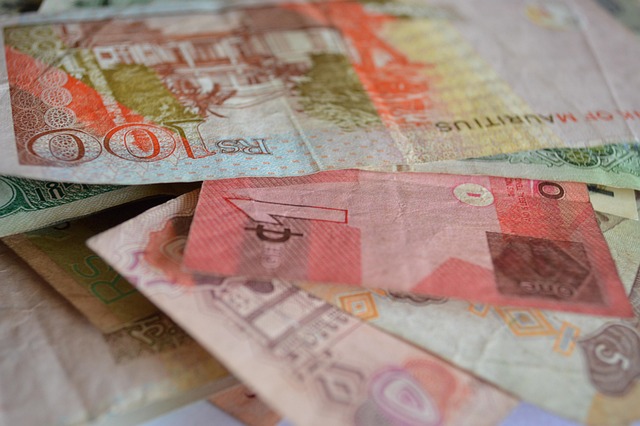
Common pitfalls when checking Binance price in INR
Be aware of mistakes that cost INR:
- Using stale FX rates: If you convert USD prices to INR manually, use a real-time FX rate — bank rates can lag markets.
- Ignoring fees: Transaction, deposit, withdrawal and bank charges can add up to several percent if overlooked.
- Confusing display currency with settlement currency: Displaying INR on the UI doesn’t mean you’ll settle in INR. Check the pair and payment method.
- Poor counterparty selection on P2P: Choose sellers with high completion rates and positive reviews to avoid disputes and scams.
Practical examples: Real-world scenarios and calculations
Example 1 — Buying BTC via Binance P2P (INR → USDT → BTC)
Scenario: You want to spend 100,000 INR to buy BTC using Binance P2P.
- Find USDT seller with INR price: 1 USDT = 83.25 INR (P2P price).
- Buy 1,201.20 USDT = 100,000 / 83.25 (approx).
- Swap USDT to BTC on Binance spot market. Suppose BTC/USDT = 50,000; after spot fees 0.1% your USDT converts to 0.02402 BTC.
- Effective BTC per INR = 0.02402 / 100,000 ≈ 0.0000002402 BTC per INR. Compare this with direct fiat instant buy to choose the cheaper route.
Example 2 — Selling ETH to INR
Scenario: You want to sell 2 ETH and receive INR in bank account.
- Sell ETH for USDT on spot: assume ETH/USDT = 3,000 → get 6,000 USDT less trading fees.
- Convert USDT to INR on P2P: 1 USDT = 83.50 INR → 6,000 × 83.50 = 501,000 INR.
- Consider P2P seller’s commission and bank withdrawal fees to get net INR in your account.
Example 3 — Instant Buy vs P2P for small purchases
Instant Buy convenience may cost a premium (e.g., 1–3%). For smaller purchases under 10,000 INR, the premium could be acceptable for speed. For larger amounts, P2P + spot conversion is often cheaper.
Security, KYC, and compliance
To buy/sell INR on Binance, you must complete KYC verification. Follow best practices:
- Use strong 2FA (Google Authenticator or hardware keys).
- Verify your identity and address accurately to avoid withdrawal limits or freezes.
- Keep trade receipts and bank statements for tax audits.
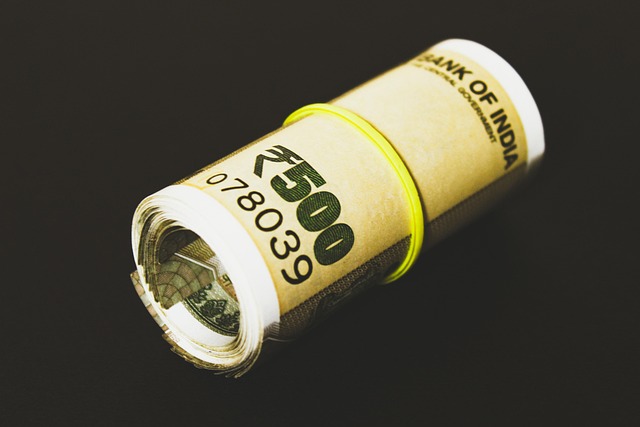
Advanced topics: Using algorithmic approaches and alerts
Experienced traders can attempt to arbitrage small price differences between global pairs and INR quotes. This requires:
- Fast APIs to fetch bid/ask across exchanges.
- Low-latency execution and sliced orders to reduce slippage.
- Consideration of withdrawal/settlement time — INR settlement is not instant across all rails.
TradingView and similar platforms help with chart-based triggers and alerts—learn the costs and limits in 2025 here: Is TradingView free in 2025?.
Where to learn more and tools to use
High-authority resources to understand the platforms, asset fundamentals and national policies:
- Binance overview and support: Create an account on Binance or consult official Binance Help Center.
- Binance (company) on Wikipedia for historical context: Binance — Wikipedia.
- Bitcoin basics: Bitcoin — Wikipedia.
- Indian Rupee background: Indian rupee — Wikipedia.
- Reserve Bank of India (official notices): RBI.
- Income Tax Department (India) for tax rules and notices: Income Tax Department.
For trading support tools including free crypto signal apps, see: Free crypto signals app — best picks.
Comparative platforms and referral resources
If you want to test other exchanges or diversify execution venues, use these direct registration links:
- Sign up on Binance (official registration/referral).
- Register at MEXC for alternative liquidity and fee structures.
- Register at Bitget, useful for spot, derivatives and copy trading.
- Use this Bybit invite to evaluate their market depth and fees.
Also read tactical content on fee comparisons (Bybit fees): How much are Bybit fees 2025 explained, and tool-usage articles for Bitget analytics: Bitget trade history app — track, analyze, optimize.
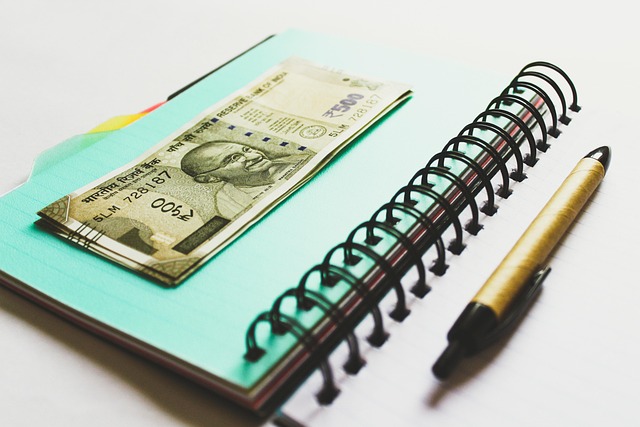
Frequently asked questions (FAQs)
Q: Is Binance price in Indian rupees the same as market price?
A: Not always. Binance displays global market prices, and the INR equivalent depends on FX rates, local INR pair liquidity and any premium/discounts in P2P or instant buy channels.
Q: Is P2P safe for INR trades?
A: P2P is safe when you choose verified sellers with strong completion rates and follow escrow procedures. Avoid off-platform payment or communication.
Q: How do I minimize INR conversion costs?
A: Use P2P for INR → stablecoin conversions, use limit spot orders for swaps, compare multiple exchanges, and avoid instant-buy routes with high fees.
Q: Do I need KYC to trade in INR on Binance?
A: Yes. Completing KYC unlocks higher limits, fiat deposit/withdrawal options and reduces the risk of account freezes.
Q: Where can I monitor USD → INR rates in real time?
A: Professional sources include your bank FX feed, XE.com, and Reuters. For trading, use the FX rate or INR price feed in CoinGecko/CoinMarketCap or TradingView.
Conclusion — Practical checklist for getting the best Binance price in Indian rupees (2025)
To summarize actionable steps:
- Decide your preferred route: P2P → stablecoin → spot is often cheapest for INR to crypto conversions.
- Compare prices on Binance and alternative exchanges (MEXC, Bitget, Bybit) using small test trades.
- Account for all fees (trading, P2P margin, withdrawal, payment processor) in INR terms.
- Verify current USD → INR FX rate for conversions and set price alerts in INR on your chosen platform.
- Keep full KYC-compliant records and trade receipts for tax reporting in India.
- Use analytic tools and watchlists (TradingView, CoinGecko) to time orders and reduce slippage.
For further reading and tools mentioned in this guide, you can find platform-specific analyses and app recommendations at CryptoTradeSignals: Bybit fees analysis (How much are Bybit fees 2025 explained), TradingView review (Is TradingView free in 2025?), best free signal apps (Free crypto signals app guide), Bitget analytics tools (Bitget trade history app), and Binance spot trading basics (What is spot trading on Binance app).
If you’re ready to try Binance directly, register here: Create a Binance account. To test other venues and compare actual INR pricing, consider registering at MEXC, Bitget, or Bybit.
By combining careful FX conversion, low-fee routing, effective use of P2P, and good record-keeping, you can optimize the Binance price in Indian rupees and reduce hidden costs when buying or selling crypto in 2025.